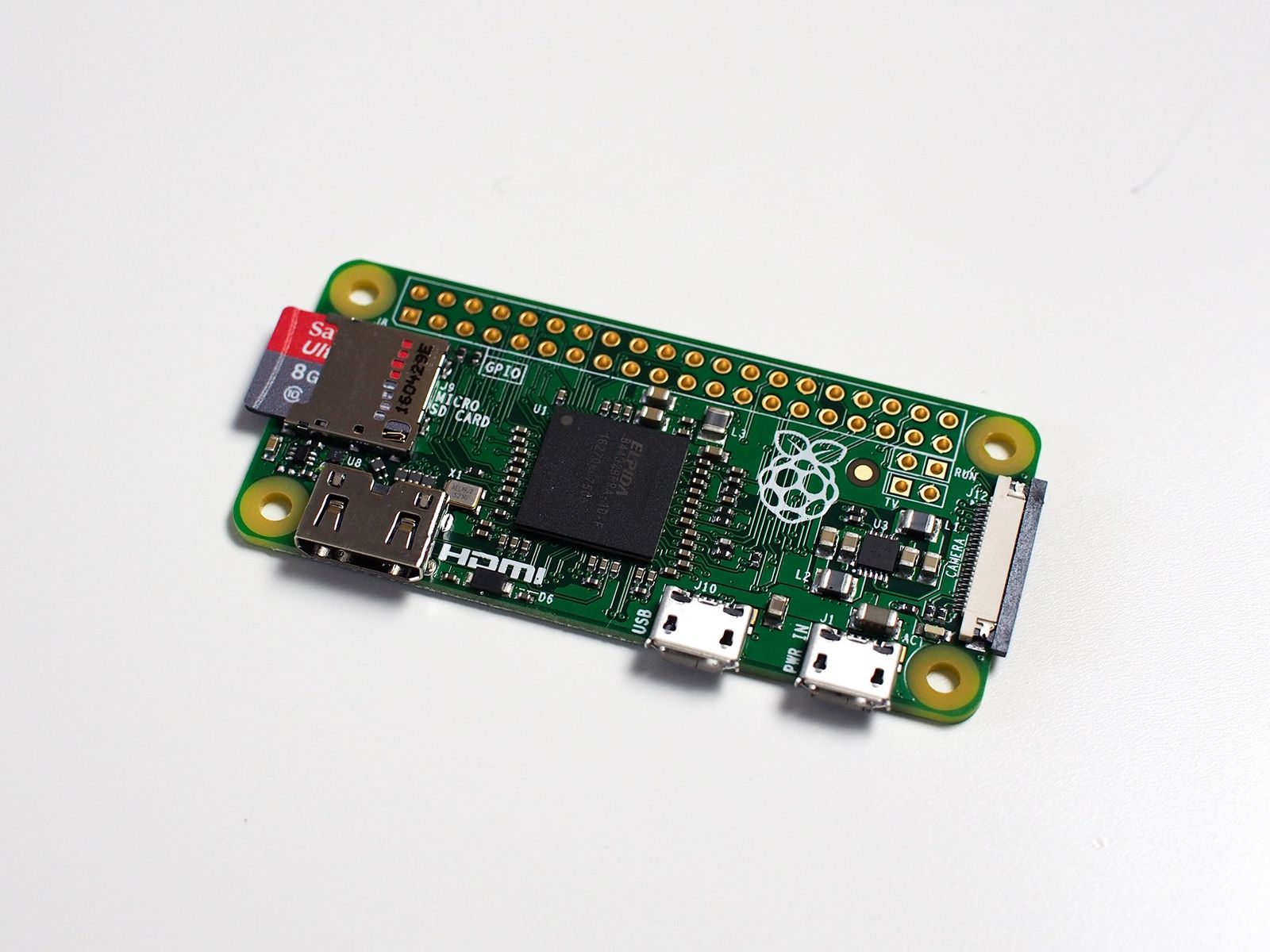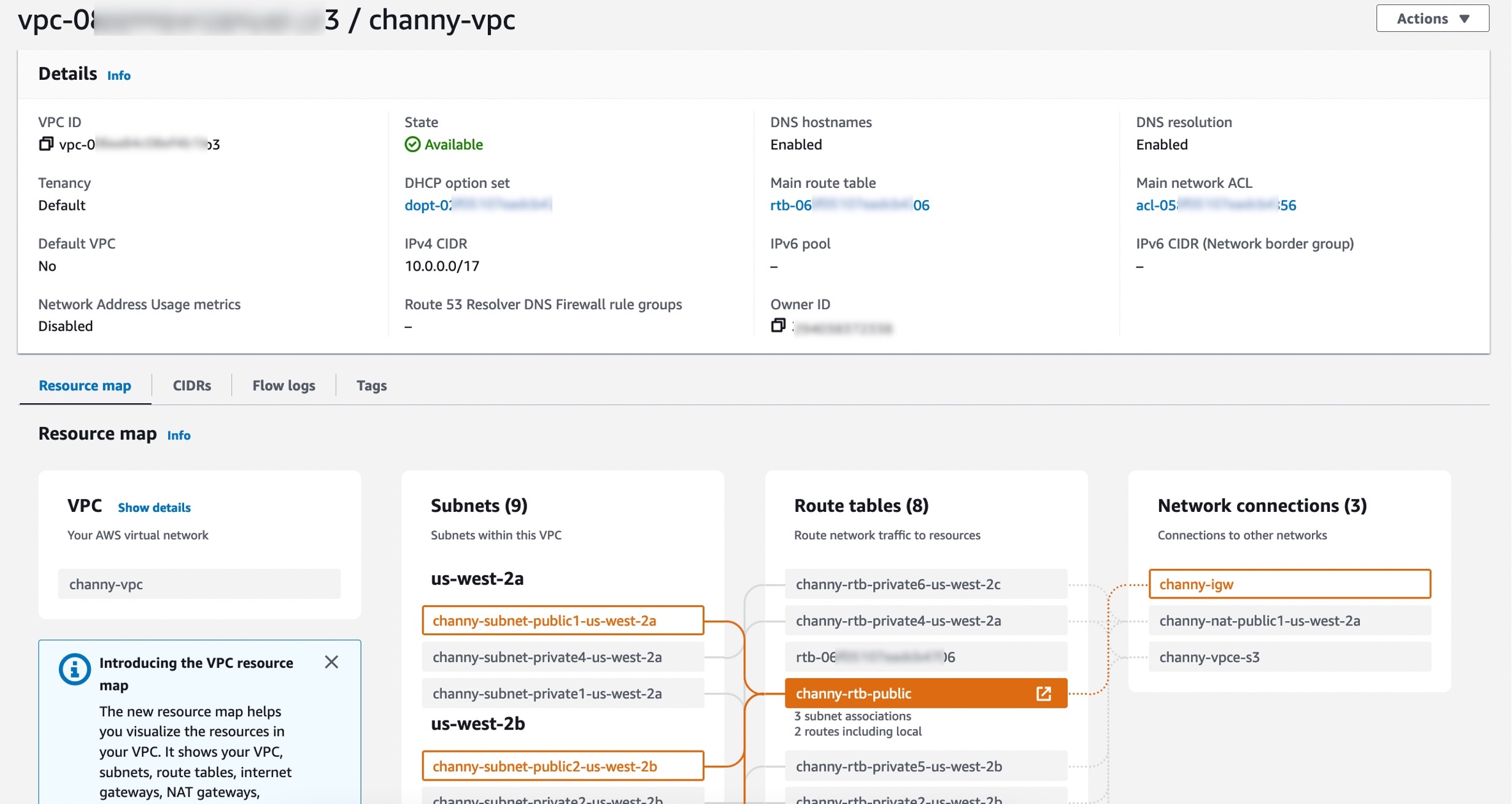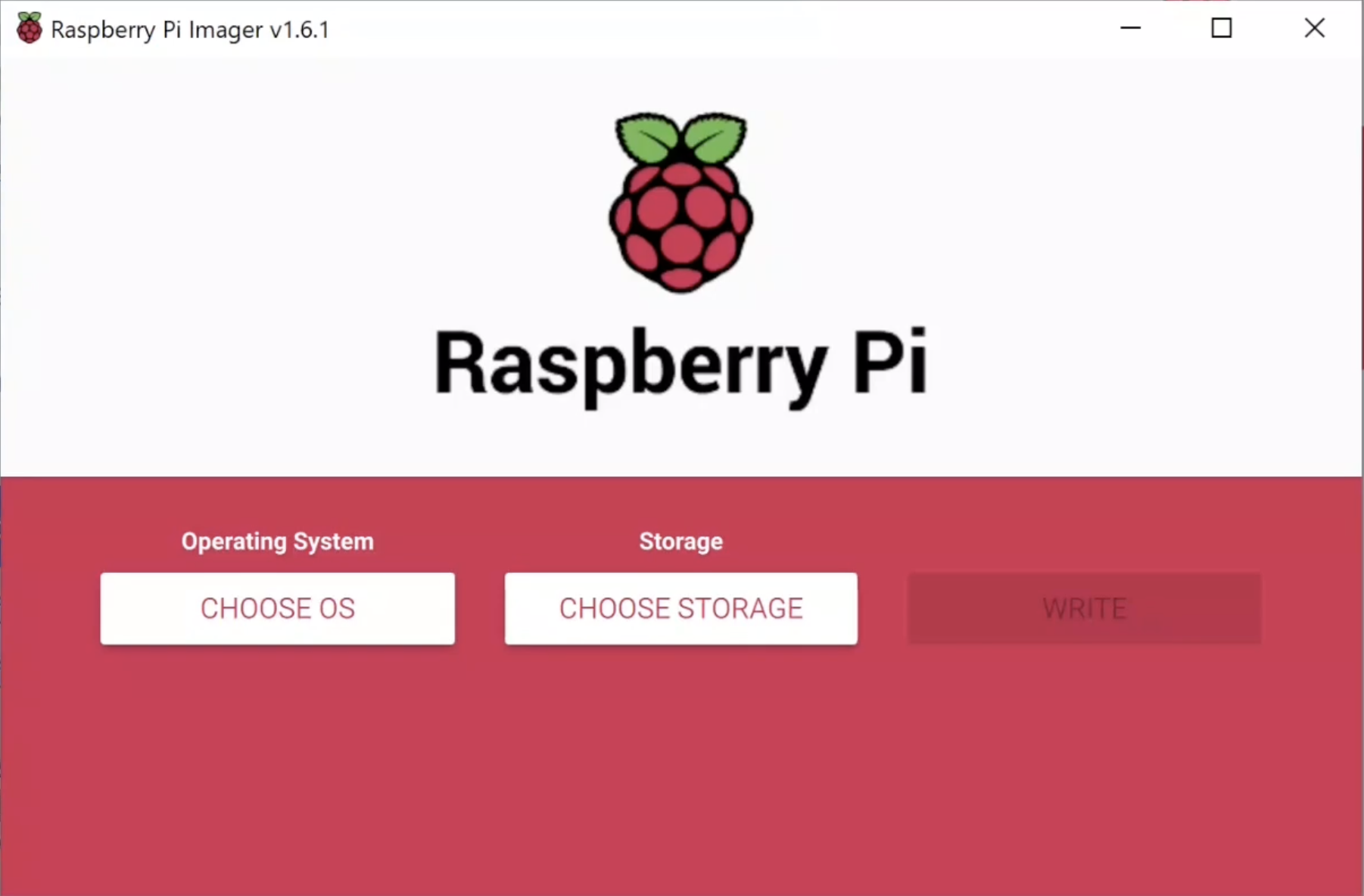Staying connected with your important devices, especially those out in the world, feels a lot like keeping up with friends and family. You want to reach out anytime, anywhere, and you want it to be easy. For those working with internet-connected gadgets, often called IoT devices, this means finding a simple way to check on them or send instructions, even when they are tucked away in a private network. This is where the idea of remote access comes into play, and finding a remoteiot vpc ssh download free solution can feel like discovering a really useful, no-cost messaging app for your tech.
Think about how Messenger makes it fun and simple to stay close to people who matter most. It helps you connect with anyone, anywhere, and on any device. Similarly, getting to your IoT devices, especially those inside a Virtual Private Cloud (VPC), should feel just as straightforward and secure. You want to be able to talk to them, see what they are doing, and make changes without a lot of fuss, and honestly, you might prefer not to pay a fortune for that ability, you know?
This article is all about making that connection happen for your IoT setup. We will look at how you can get secure access to your devices using SSH within a VPC, and crucially, how to find options that won't cost you anything upfront. It is about bringing that feeling of easy connection, like with your favorite communication tools, to your internet-connected hardware. We'll explore what this means and how you might set it up, basically.
Table of Contents
- Understanding Remote Access for IoT in a VPC
- Exploring remoteiot vpc ssh download free Options
- Setting Up Your Free Remote IoT Access
- Benefits of remoteiot vpc ssh download free
- Frequently Asked Questions
Understanding Remote Access for IoT in a VPC
Connecting to devices that are not right in front of you can feel a bit like trying to talk to someone across a crowded room. You need a clear path, and that path has to be safe from eavesdroppers. For IoT devices, which are often out in the field or in a factory, getting to them remotely is absolutely necessary. This is especially true when they sit inside a Virtual Private Cloud, or VPC, which is kind of like their own private, walled-off digital space, you know?
What is a VPC and Why Does It Matter?
A VPC is basically your own isolated section within a public cloud, like Amazon Web Services (AWS) or Google Cloud. It gives you control over your virtual network environment, including your own IP address ranges, subnets, route tables, and network gateways. This separation is pretty important for security, actually.
When your IoT devices live inside a VPC, they are shielded from the wider internet by default. This protection is good, but it also means you cannot just connect to them directly from your home computer. You need a way to get past that digital wall, and that is where secure remote access comes in. It is about making sure only the right people, or systems, can reach those devices, which is a bit like having a very private group chat, basically.
The Role of SSH in Device Connection
SSH, or Secure Shell, is a method for connecting to a remote computer over an unsecured network in a very safe way. It provides a secure channel over an unsecure network by using strong encryption. For IoT devices, SSH is often the preferred way to access them for maintenance, sending commands, or checking on their status. It is a bit like having a secret, coded conversation that only you and the device can understand.
When you use SSH to connect to an IoT device in a VPC, you are creating a secure tunnel. This tunnel allows you to send and receive information without worrying about someone else seeing it. It is a tried and true method, honestly, and it has been around for a while because it works so well for keeping things private. It is very much like the secure messaging you expect from a modern communication app.
Why Secure Access is So Important
The internet is a vast place, and not all of it is friendly. IoT devices, if left exposed, can be targets for bad actors. If someone gains control of your devices, they could do anything from stealing data to causing physical harm, depending on what the device does. So, ensuring secure access is not just a good idea; it is absolutely necessary.
Using SSH within a VPC adds layers of security. It means your devices are not just floating out there for anyone to find. They are protected by the VPC's network rules, and then SSH encrypts the connection itself. This double layer of protection helps keep your IoT system safe and sound. It is about building a community of connected devices that you can trust, you know?
Exploring remoteiot vpc ssh download free Options
Many people assume that anything involving secure cloud infrastructure must come with a hefty price tag. But that is not always the case, thankfully. Just like how Messenger offers free communication, there are indeed ways to set up remote IoT access via SSH within a VPC without spending a lot of money, or even any money at all to begin with. It is pretty cool, actually, what you can achieve with a bit of clever planning.
Cloud Provider Free Tiers
Most major cloud providers, such as AWS, Google Cloud Platform, and Microsoft Azure, offer free tiers for new users. These tiers let you use a limited amount of their services without charge for a certain period, or sometimes indefinitely for very small usage. This can include virtual machines (EC2 instances in AWS, Compute Engine in GCP) that you can use as jump boxes or SSH gateways into your VPC. You can often get a small instance running for a year or more without paying, which is a pretty good deal.
These free tiers are a fantastic starting point for testing out your remote access setup. You can deploy a tiny server, configure it for SSH, and use it to connect to your IoT devices inside the VPC. It is a practical way to get hands-on experience and see how everything works together before you commit to any paid services. This is, in a way, like getting a free trial that lasts for a very long time, so you can really get comfortable.
Open-Source Tools for Your Setup
Beyond cloud free tiers, a lot of the magic happens with open-source software. Tools like OpenSSH are freely available and are the backbone of secure remote connections. You can download and use them on virtually any operating system. There are also open-source VPN solutions, like OpenVPN, that can create a secure tunnel into your VPC, giving you direct network access to your devices. These are completely free to use, which is great.
Using open-source tools means you have full control over your setup and can customize it to fit your specific needs. It also means there is a huge community of users and developers who share knowledge and help each other out. This collective effort makes these tools incredibly powerful and reliable, and you can usually find plenty of help if you get stuck, too it's almost like a big, helpful community, you know?
DIY Solutions and Their Considerations
For those who like to build things themselves, creating a DIY remote access solution can be very rewarding. This might involve setting up a small, low-cost computer, like a Raspberry Pi, on your network that acts as an SSH gateway. This device would have one foot in your public network (with a secure, restricted port open) and the other foot in your private IoT network. This approach can be very cost-effective, especially if you already have some hardware lying around.
However, going the DIY route means you are responsible for all aspects of security and maintenance. You need to make sure your gateway device is always updated, patched, and configured correctly to prevent any security holes. It requires a bit more technical know-how, but for those who enjoy tinkering, it can be a very satisfying way to achieve remote access without ongoing costs. It is a bit like building your own Commodore 64 Ultimate, combining classic ideas with modern needs, you know?
Setting Up Your Free Remote IoT Access
Getting your free remote IoT access up and running involves a few steps, but it is not as complicated as it might seem at first. The main idea is to create a secure path from your computer to your IoT device, through your VPC, using SSH. We will look at some general steps here, which can be adapted to your specific cloud provider or home network setup, actually.
Basic Steps for SSH Connection
First, you will typically set up a small virtual machine (VM) in your cloud provider's free tier, inside your VPC. This VM will act as your "jump box" or "bastion host." It is the only machine in your VPC that will have a public IP address and an SSH port open to the internet. All your other IoT devices will remain private within the VPC, which is pretty neat.
Next, you will configure this jump box to allow SSH connections only from your specific IP address, if possible, or from a very restricted range. You will use SSH keys for authentication, rather than passwords, as keys are much more secure. Then, from your computer, you will first SSH into this jump box, and from there, you can then SSH into your private IoT devices. This two-step process adds a significant layer of security, you know? It is like having a secret handshake to get into the club.
For connecting from your computer, you will need an SSH client. On Linux and macOS, this is built-in. For Windows, you might use PuTTY or the built-in OpenSSH client. You can find more details on setting up these tools on our site. Learn more about SSH clients on our site.
Keeping Things Secure from the Start
Security is not something you add on later; it needs to be part of your plan from the very beginning. When setting up your SSH gateway, always use strong, unique SSH key pairs. Never share your private keys with anyone. Also, make sure your jump box's firewall (security groups in AWS, firewall rules in GCP) only allows SSH traffic from your known IP addresses. This is a pretty simple but very effective step.
Regularly update the operating system and any software on your jump box. This helps protect against newly discovered vulnerabilities. Consider setting up logging and monitoring for your SSH gateway so you can spot any unusual activity. It is about being proactive, like keeping your messaging app updated to protect your conversations. This kind of careful attention makes a big difference, honestly.
Common Challenges and Simple Fixes
One common issue is firewall rules blocking your SSH connection. If you cannot connect, double-check your security group or firewall settings in your cloud provider's console. Make sure port 22 (the standard SSH port) is open to your IP address. Another challenge might be incorrect SSH key permissions; ensure your private key file has the right access rights on your local machine. These are often quick fixes, thankfully.
Sometimes, the IoT device itself might not be properly configured for SSH. Check that the SSH server is running on the device and that it has the correct user accounts and permissions. Network connectivity issues within the VPC can also cause problems; verify that your jump box can actually "see" your IoT devices on the network. A simple ping test from the jump box to the IoT device can often tell you a lot, you know? You can find more tips on troubleshooting network issues on this page network troubleshooting guide.
Benefits of remoteiot vpc ssh download free
Choosing a remoteiot vpc ssh download free approach offers several compelling benefits, especially for individuals, small teams, or those just starting out with IoT projects. The most obvious benefit, of course, is the cost savings. By leveraging free tiers and open-source tools, you can avoid recurring subscription fees or large upfront investments, which is a pretty big deal for many, you know?
Beyond the financial aspect, using SSH provides a very secure method of access. It is a well-established protocol with strong encryption, meaning your data stays private as it travels between your computer and your IoT devices. This level of security is crucial for any connected system, honestly, helping to keep your operations safe from prying eyes or malicious attacks. It is about building a secure foundation, just like the strong encryption in a good messaging app.
Furthermore, this approach gives you a lot of control. You are not relying on a third-party service that might change its terms or shut down. You manage your own SSH keys, your own jump boxes, and your own network configurations. This level of ownership means you can customize everything to your exact needs and have a deeper understanding of your system's workings. It is a bit like having your own shared space to customize and express what is on your mind, but for your devices.
Finally, learning to set up remote SSH access in a VPC builds valuable technical skills. Understanding how networking, security, and cloud environments interact is incredibly useful in today's tech world. This hands-on experience can be very empowering, allowing you to manage your IoT projects with confidence and independence. It is about staying connected with your devices in a way that feels optimistic, inviting, and human, much like the promise of a classic computer reborn with modern features, you know?
Frequently Asked Questions
How can I securely access IoT devices in a private network?
You can securely access IoT devices in a private network, like a VPC, by using a "jump box" or "bastion host." This is a specially configured server that sits at the edge of your private network. You connect to this jump box using SSH, and then from there, you can connect to your other private IoT devices. This two-step connection adds a very important layer of security, basically.
What are the benefits of using SSH for remote IoT management?
Using SSH for remote IoT management offers several good benefits. It provides a secure, encrypted connection, which means your commands and data are protected from others. SSH is also widely supported, so it works with many different devices and operating systems. It allows for direct control and troubleshooting, which is pretty handy, and it helps you keep your devices updated and running smoothly, too it's almost like having a direct line.
Are there free options for remote access to IoT devices within a VPC?
Yes, there are definitely free options for remote access to IoT devices within a VPC. Many cloud providers offer free tiers that include small virtual machines, which you can use as your SSH jump box. You can also use open-source software like OpenSSH for your connections. These options help you set up secure remote access without paying for specific services, making it very accessible for many projects, you know?
Connecting with your IoT devices, just like connecting with your friends and family, should feel straightforward and secure. The idea of remoteiot vpc ssh download free solutions makes this possible for many, allowing you to maintain your devices and gather information without constant costs. It is about finding those practical, accessible ways to keep your tech humming along, and it really shows how far you can go with smart planning and the right tools.



Detail Author:
- Name : Prof. Kristy Jakubowski Sr.
- Username : aubrey.schuster
- Email : vsawayn@yahoo.com
- Birthdate : 1978-07-31
- Address : 6189 Maureen Court Mistystad, CA 37527
- Phone : +1-520-402-3193
- Company : Gibson and Sons
- Job : Computer Programmer
- Bio : Eum aliquam neque consequatur quis cumque. Error perspiciatis voluptatem adipisci dolorem dicta magnam. Maxime officiis cupiditate assumenda iusto provident. Provident voluptatem labore qui odit ut.
Socials
tiktok:
- url : https://tiktok.com/@gbednar
- username : gbednar
- bio : Accusantium eligendi consequatur magnam molestiae reprehenderit.
- followers : 3687
- following : 1019
linkedin:
- url : https://linkedin.com/in/bednar2019
- username : bednar2019
- bio : Ut et nesciunt ut suscipit.
- followers : 5884
- following : 1894
facebook:
- url : https://facebook.com/german_bednar
- username : german_bednar
- bio : Qui voluptas iure qui deleniti ea officia.
- followers : 2918
- following : 1392
instagram:
- url : https://instagram.com/german_dev
- username : german_dev
- bio : Optio ut et quasi qui laborum dolores. Iste culpa voluptatum non. Consequatur aut ut sunt.
- followers : 2039
- following : 2661